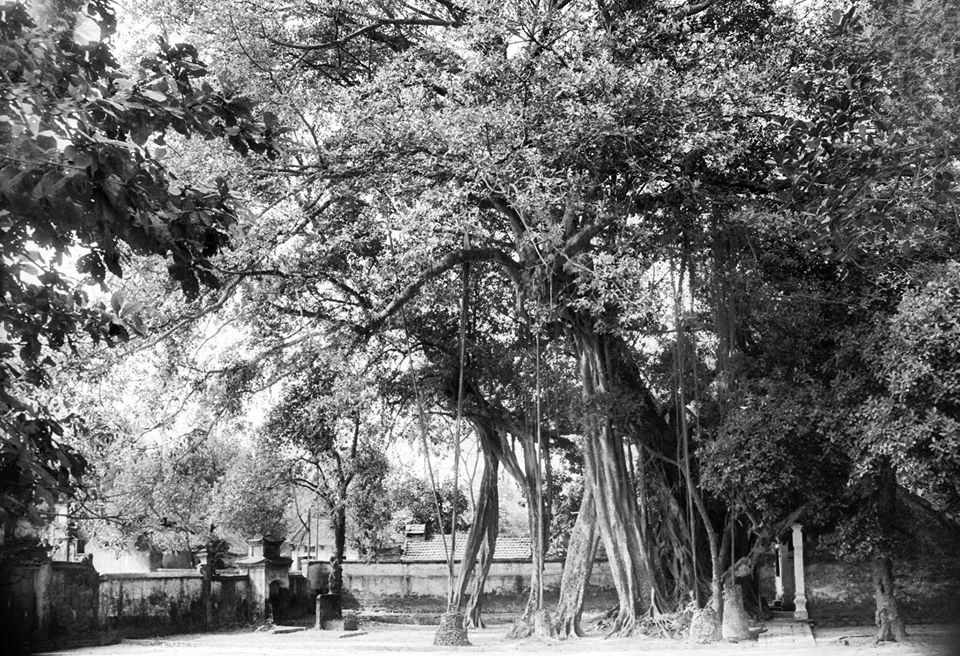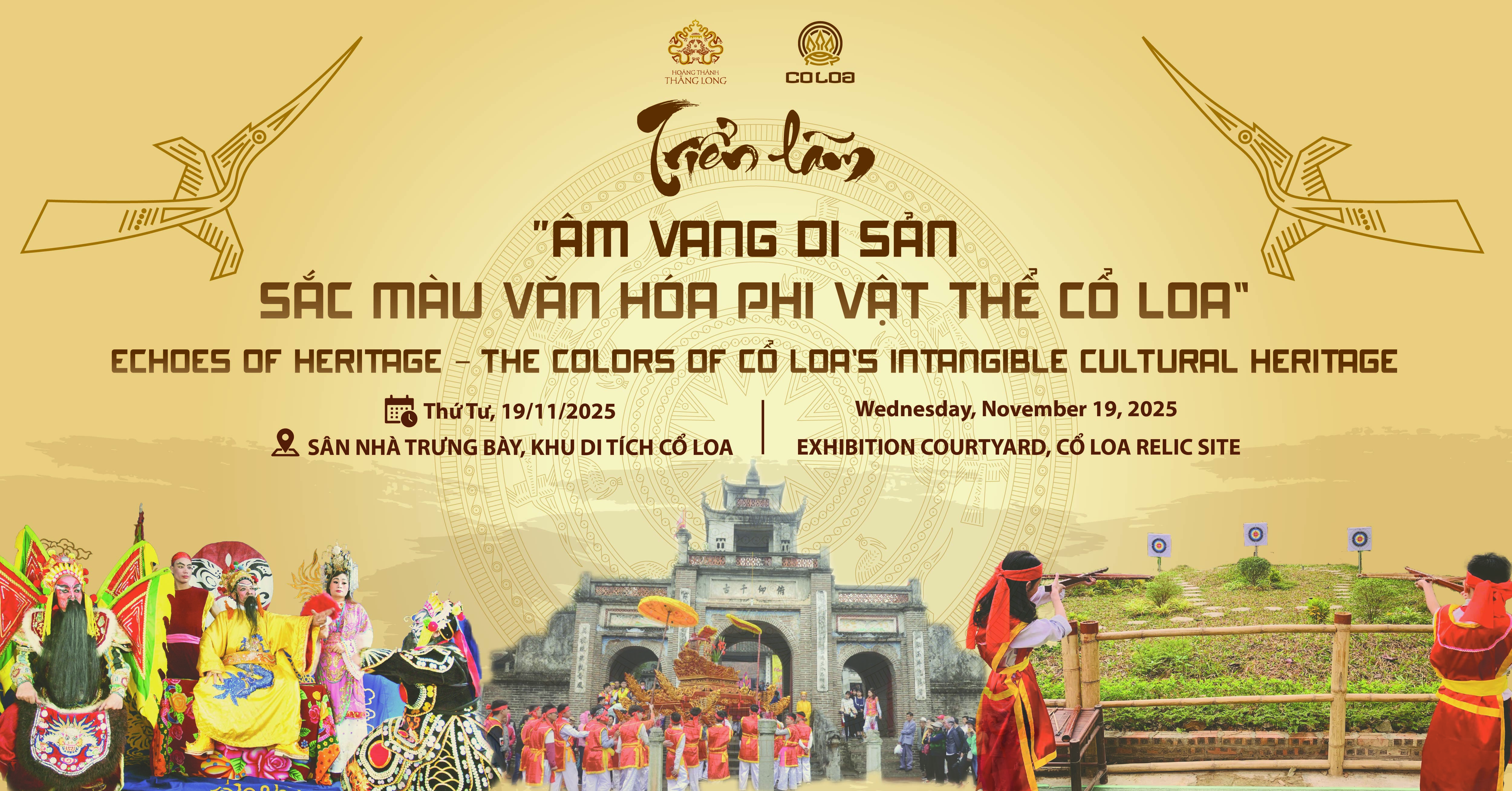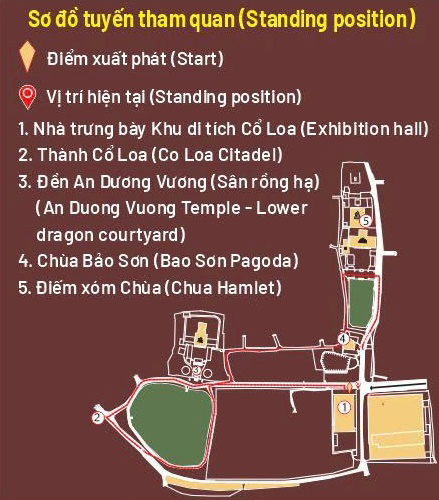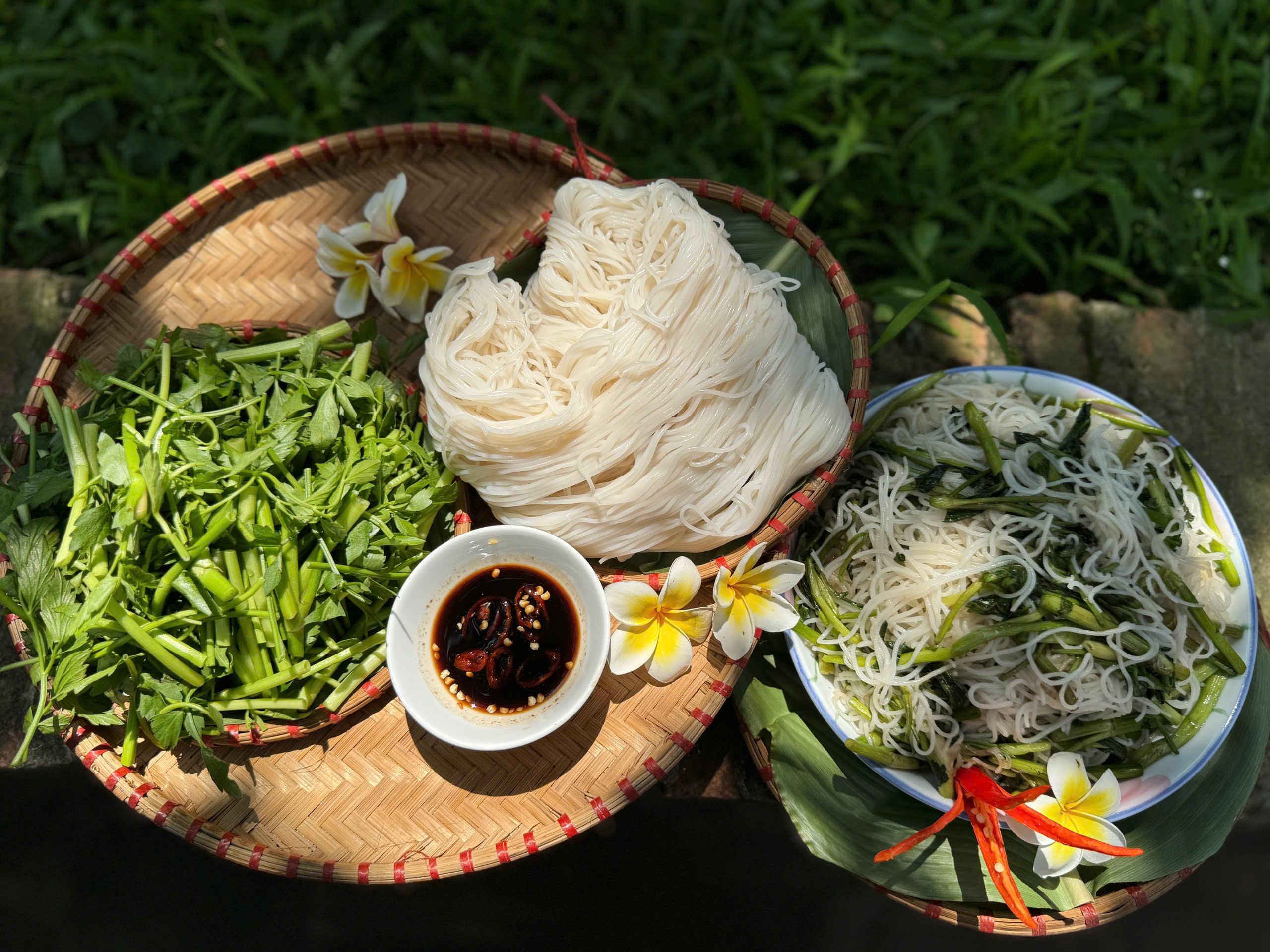
Ngô Quyền is one of 14 Vietnamese national heroes and is considered the "King of kings" ("Tổ Trung Hưng") of Vietnam (National Hero Ngô Quyền and Bach Dang victory in 938 , Publisher. Writers Association, 2018). In the year 938 he lead the local people in defeating the Nam Han army (Chinese invaders) in the battle on the historic Bach Dang river, ending more than 1,000 years of Chinese occupation, and which opened up an era of and long-term autonomy that continued from Ly dynasty, Tran dynasty and Le dynasties to the Ho Chi Minh era.
King Ngô Quyền was born on March 12th, Đinh Tý year (897), in Mong Phu village, Duong Lam commune, Son Tay town, Hanoi. His father, Ngô Mân, managed the Duong Lam district and was part of a powerful and influential family. From a young age, Ngô Quyền was taught archery, crossbow, swordsmanship and military tactics by his father and proved to be a man of bravery. Ngô Quyền grew up around the time the country gained autonomy. He succeeded his father, gathered his army and became a renownded leader in the area. He was trusted by Dương Đình Nghệ, and married his daughter. After that, Dương Đình Nghệ gave Ngô Quyền a chance to govern Ái Châu province - a boundary area – a part of which is the home town of the Duong family, now located in Thanh Hoa province.
In 937, Dương Đình Nghệ was murdered by General Kiều Công Tiễn in order to win the throne of Tiết Độ sứ, causing indignation among the leaders and local people. As soon as he heard the news, Ngô Quyền led his army to kill Kiều Công Tiễn. Scared, Kiều Công Tiễn hurriedly sent people to ask for help in the Nam Han dynasty (Chinese invaders). King Lưu Cung of the Nam Han dynasty sent his son, Prince Hoằng Tháo, to lead the navy force by crossing the sea to invade Vietnam.
The country was in danger. Ngô Quyền killed Kiều Công Tiễn to eliminate the danger from the inside and also gathered people from the whole country to enter the fight against foreign invaders. At the mouth of Bach Dang River, Ngô Quyền mobilized thousands of soldiers and local people to build wooden stakes then waited for the invaders came. At the end of winter in 938, Hoằng Tháo 's navy force arrived at Bach Dang estuary, when the tide was high. Ngô Quyền sent a light boat to lure the enemy to the area planted with stakes. When Hoằng Tháo's boat passed through the estuary area, the tide quickly retreated, and our army counterattacked fiercely. The field of stakes protruded to stop the enemy fleet. Many of them were punctured by wooden stakes tipped with iron, which then collided and sank into the river. Prince Hoằng Tháo died at the battle. The entire invading army of the Nam Han Dynasty was defeated completely at the mouth of river. King Lưu Cung stayed further out from the mouth of the river to provide support, but he could do nothing but cry for his son and rescue the remaining soldiers who were still alive and retreating.
In the spring, January of Kỷ Hợi year (939), Ngô Quyền proclaimed himself King, built an independent and autonomous government, gave up the position of Tiết độ sứ. He chose Co Loa as the capital of Au Lac Sate under An Dương Vương dynasty to express the inherited mindset from An Dương Vương.
On January 16th, Canh Thìn year (944), Ngô Quyền passed away after 6 years of reign. To commemorate the great merits of the King, many places across the country have set up temples such as in Duong Lam commune, Son Tay district, Hanoi, Hai Phong, Hung Yen, Thai Binh, Ha Nam, and Phu Tho.
Archaeological projects in the past years at Co Loa have found evidence associated with the 6-year reign of King Ngô Quyền, including a few old sections of the citadel from the An Dương Vương period which were repaired and rebuilt by the Ngo dynasty.
In folklore, there are stories connected to the relic area including tales of the Ngô Quyền well, a thousand-year-old banyan tree planted by Ngô Quyền in front of the shrine of Mỵ Châu, the marriage between Ngô Quyền and his concubine who was adaugther of the Đỗ family from Dộc village (now called Dục Tú) who were responsible for carving the stone stele of Thượng Temple, and the division of the land of Co Loa and Dục Tú in the Ngô Quyền period as in the poetic sentence : “Sa market of Co Loa, banyan tree of Dục Tú….”

Ngô Quyền banyan tree at the relic cluster of Ngự Triều Di Quy communual house and Mỵ Châu temple. (Photo: Nguyễn Văn Kự)
To thank the ancestors and to remind us of our traditions and origins, on the day of the birth of King Ngô Quyền on March 12th, Canh Tý year ( April 4th, 2020), Thang Long – Hanoi Heritage Conservation Center , Dong Anh District People's Committee, Management Department of Co Loa Vestige Site, Co Loa Commune People's Committee respectfully lit incense to commemorate King Ngô Quyền at the temples suchs as Ngự Triều Di Quy communal house – Co Loa Vestige Site, Co Loa Commune , Dong Anh District and Ngô Quyền Temple, Cam Lam Village, Duong Lam Commune, Son Tay District, Hanoi City.
MANAGEMENT DEPARTMENT OF CO LOA VESTIGE SITE








